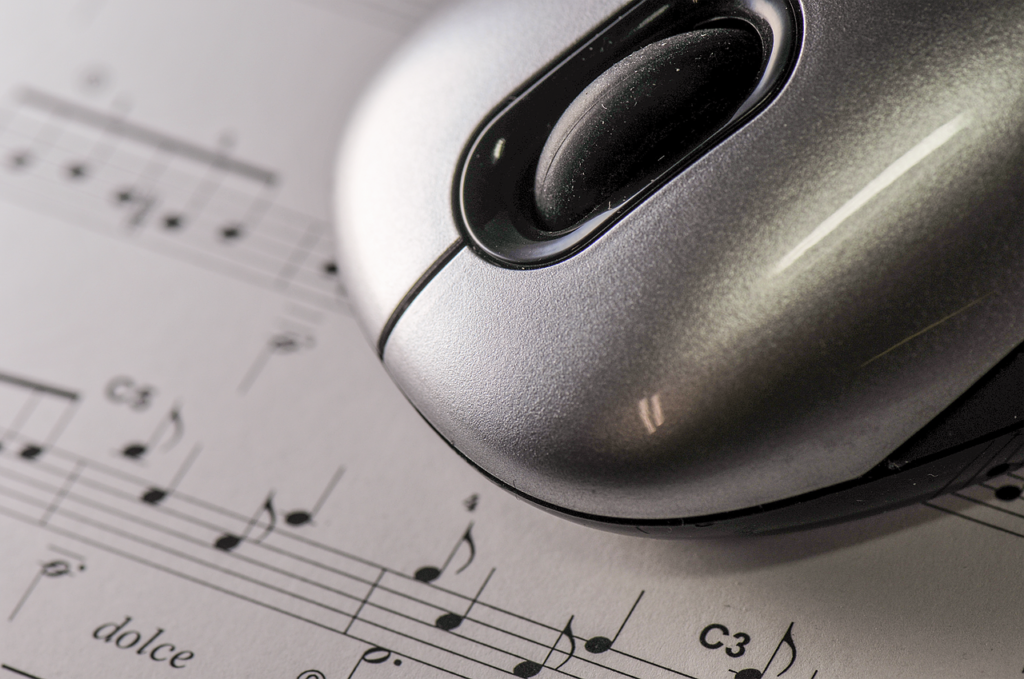Sing

The archive contains posts about learning to sing.
Sing
“If you can talk, you can sing. If you can walk, you can dance.”
An Old Zimbabwe Proverb
So, is it just opening your mouth and making sound?
Well… yes and no.
Anyone who can make sound can produce a melody. Even infants make pre-melodic sounds. However, have you ever wished to be better at it?
With coaching, you can make your melodies stronger. With coaching, you can to train yourself to sing in tune.
In the posts in the Singing in Tune and Shape Notes and Solfege blog categories, you will learn how to:
- Produce a better and more powerful tone
- Harmonize in tune
- Tune up your melodies
- Phrase the music
- Make the words more understandable
- Read sheet music (called sight reading)
- and more …
The Singing in Tune blog category focuses on harmonizing in tune. Based on cutting edge intonation research, Success Music Studio has created specially tuned sing-along songs. The sound files help foster a cappella level vocal tuning.
Alternately, Shape Notes and Solfege works on sight reading and melodic tuning. As the title of the category implies, we use shape notes combined with solfege (Do, Re, Mi) for sight reading. At the same time, solfege creates a sound model for tuning up melodies when used with the sing-along songs.
We will explore phrasing music, vocal tone, and intelligible text in either or both of the blog categories.
Have fun!
© 2021 Geoffrey Keith
Back to the Successful Music Student Blogs page











![Singing Rhythm Syllables in 2-4 Time - Female Singer - Singing Rhythm Syllables in 9-8 Time - Perfect Pitch: Discover the Truth [Plus Absolute Pitch Test]](https://successmusicstudio.com/wp-content/uploads/2022/02/Singing-Rhythm-Syllables-in-2-4-Time-Female-Singer-922x1024.png)